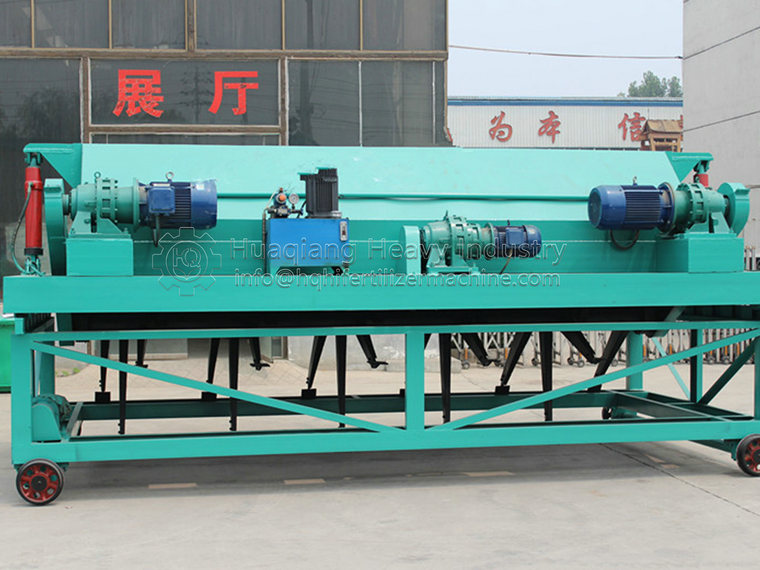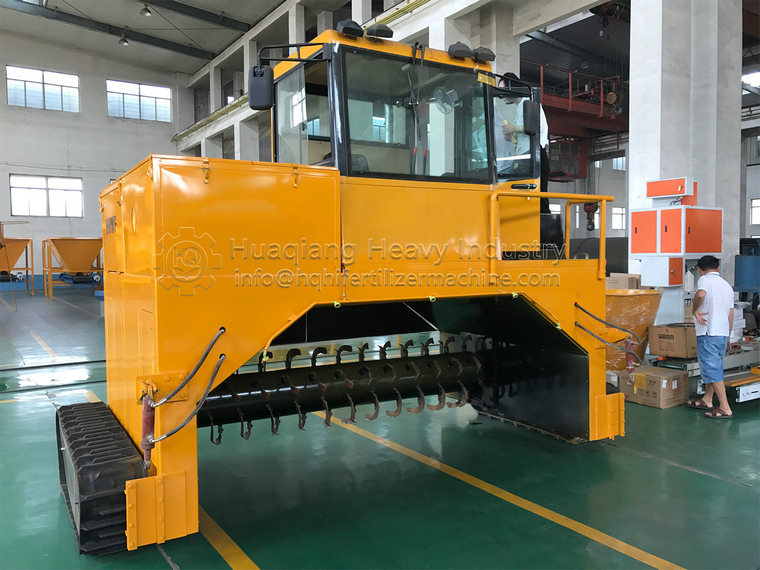Characteristics of Processing Chicken Manure Organic Fertilizer with Disc Granulator
The disc granulator plays a key role in processing organic fertilizers from chicken manure. Its processing can convert organic materials such as chicken manure into uniform and stable granular organic fertilizers, with the following significant characteristics:
Uniform granulation: The disc granulator, with its unique disc design, can form uniform particles of chicken manure and other raw materials under the rotation of the disc, ensuring consistent particle size of organic fertilizers and facilitating uniform application and storage of fertilizers.
Efficient production: The disc granulator has high production efficiency and can continuously and massively produce organic fertilizer particles, suitable for large-scale organic fertilizer production needs.
Easy to operate: The disc granulator has a simple structure, is easy to operate, and is easy to maintain and clean, reducing the labor intensity of operators and improving production efficiency.
Strong adaptability: The disc granulator can adapt to the granulation needs of different raw materials. In addition to chicken manure, it can also process organic materials such as pig manure, cow manure, straw, and plant ash, making it suitable for diversified organic fertilizer production.
High particle strength: Organic fertilizer particles processed by a disc granulator have high strength, are not easily broken, are easy to package, transport, and store for a long time, reducing fertilizer loss during storage and transportation.
Improving fertilizer utilization efficiency: Granular organic fertilizers can reduce fertilizer loss in the soil, improve fertilizer utilization efficiency, and at the same time, uniform particles are also conducive to the uniform absorption of crops, improving crop yield and quality.
Environmentally friendly: Using a disc granulator to process chicken manure organic fertilizer can effectively reduce the pollution of livestock and poultry manure to the environment, promote the resource utilization of waste, and meet the requirements of green agriculture and sustainable development.
Cost effectiveness: Compared with traditional composting, organic fertilizers processed by disc granulators have better market acceptance and economic benefits. Their granular appearance and uniform fertilizer efficiency are more likely to be favored by consumers, increasing the added value of the product.
In summary, the disc granulator can not only improve the production efficiency and product quality of chicken manure organic fertilizers, but also promote the resource utilization of waste, reduce environmental pollution, and meet the sustainable development needs of modern agriculture.




.jpg)


.jpg)
